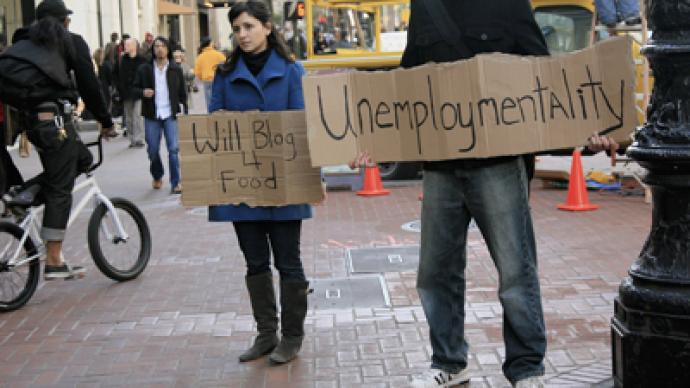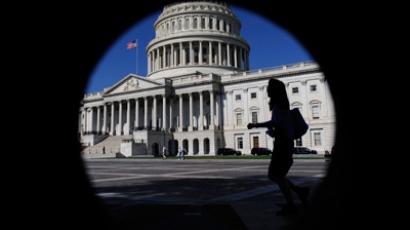Youth unemployment at highest level since World War II

The number of American youth who are out of school and unemployed has hit a half-century record high, with 6.5 million teens and young adults staying at home without the skills required to find employment.
Americans aged 16 to 24 are increasingly leaving school and unable to find a job, causing the largest youth unemployment rate since World War II, according to a report by the Annie E. Casey Foundation, titled “Youth and Work: Restoring Teen and Young Adult Connections to Opportunity”.Only half the youth in the 16 to 24 bracket held a job in 2011, after the unemployment rate for teens aged 16 to 19 fell 42 percent in the last decade and millions deprived themselves of an education. About 2.2 million teens and 4.3 million young adults aged 20 to 24 are currently neither in school nor working – and of these, 1.4 million are young parents themselves.In a struggling economy, many of the entry-level jobs that were previously held by teenagers are now filled by older workers. And without job experience at a young age, the unemployed and undereducated teenagers find it increasingly difficult to find one later one.“The thing that you got and I got from our very first job is mostly about how to work,” Laura Speer, one of the report’s authors, told Minnesota Public Radio. Those who are unable to find a job and still decide to drop out of high school are most likely to remain financially dependent on their relatives or the federal government for assistance.The report shows that of the 3.8 million students who began high school this year, 25 percent will drop out and earn $200,000 less than their peers and $1 million less than college graduates over the course of their lifetime. High school dropouts are ineligible for 90 percent of US jobs, but every 26 seconds, another US student decides to quit school.The number of unemployed youth has been steadily increasing over the past decade, which in the long run could cause more Americans to rely on the federal government for financial assistance, such as food stamps and welfare. High school dropouts, who are too often unable to enter the workforce and frequently resort to crime, cost taxpayers $320 billion to $350 billion a year.“In 2000, 82 percent of 20- to 24-year-olds and 63 percent of 16- to 19-year-olds had a job,” Speer said. “Even though it’s better than it is in other states, there’s been pretty dramatic declines over the past 10 years.”The Annie E. Casey Foundation report recommends that the federal government develop a strategy to tackle the issue of youth education and employment, as well as improve youth assistance programs.“Ensuring youth are prepared for the high-skilled jobs available in today’s economy must be a national priority, for the sake of their future roles as citizens and parents, the future of our workforce and the strength of our nation as a whole,” Patrick McCarthy, CEO of the foundation, told the Huffington Post in a statement.














